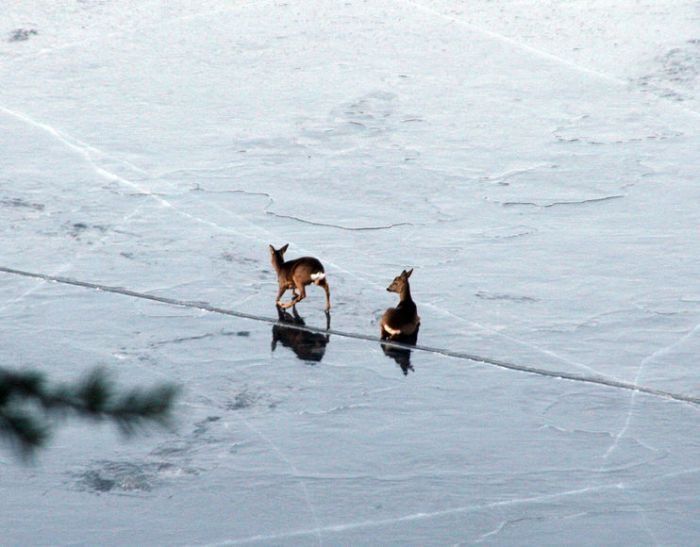|
|
Saving Deer
|
This general sense gave way to the modern sense in English, by the end of the Middle English period around 1500. However, all modern Germanic languages save English and Scots retain the more general sense: for example, German Tier, Alemannic Diere or Tiere, Pennsylvania Dutch Gedier, Dutch dier, Afrikaans dier, Limburgish diere, Norwegian dyr, Swedish djur, Danish dyr, Icelandic dýr, Faroese dýr, West Frisian dier, and North Frisian diarten, all of which mean "animal". "Deer" is the same in the plural as in the singular, a convention which stretches back to Old English.
For most deer in modern English usage, the male is called a "buck" and the female is a "doe", but the terms vary with dialect, and especially according to the size of the species. For many larger deer the male is a "stag", while for other larger deer the same words are used as for cattle: "bull" and "cow". The male Red Deer is a "hart", and the female is a "hind". Terms for young deer vary similarly, with that of most being called a "fawn" and that of the larger species "calf"; young of the smallest kinds may be a kid. A group of deer of any kind is a "herd". The adjective of relation pertaining to deer is cervine; like the family name "Cervidae", this is from Latin: cervus, "deer".
|
|









